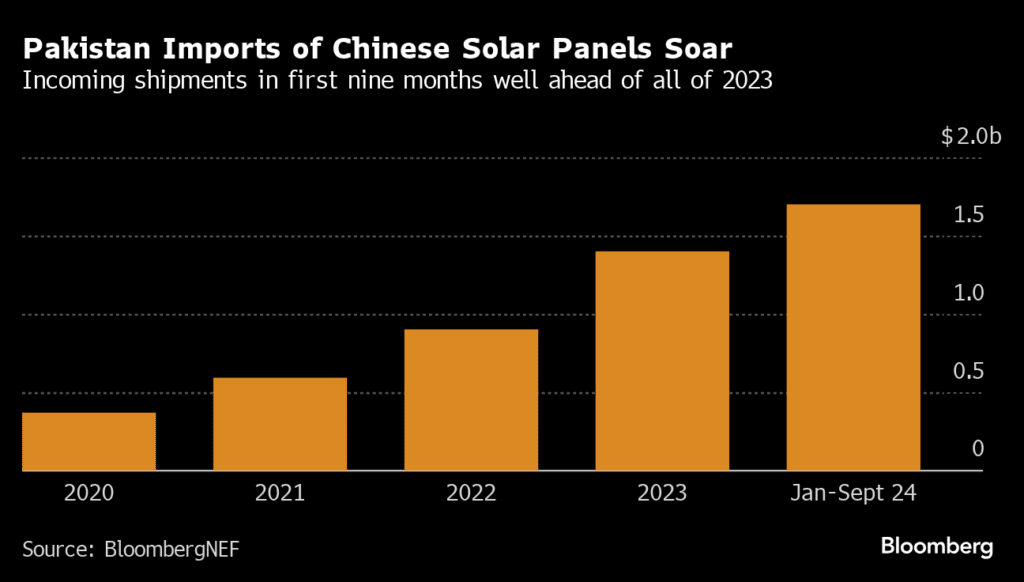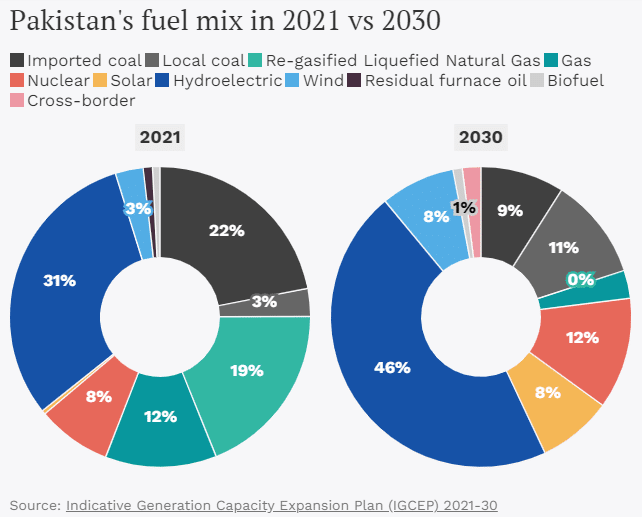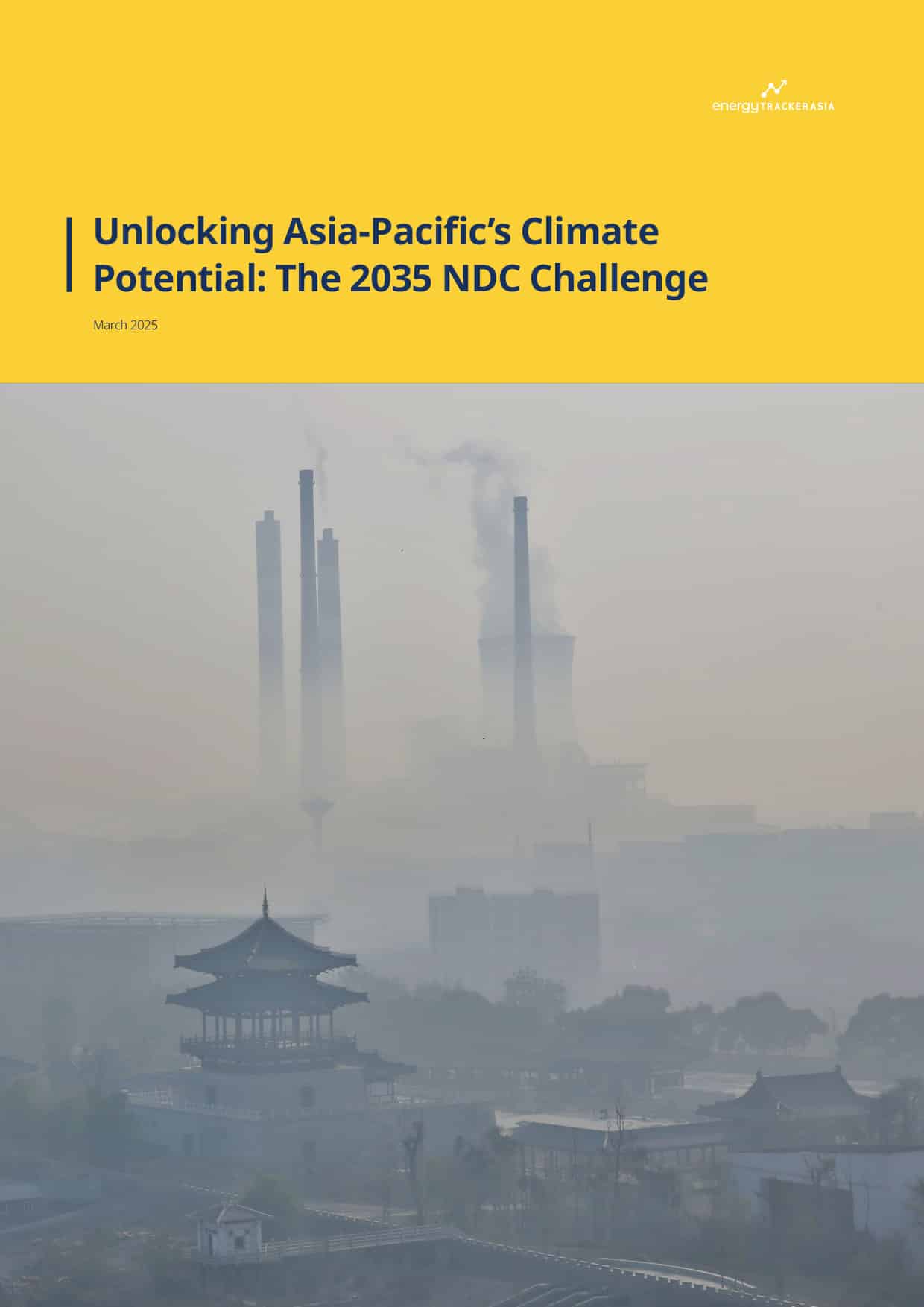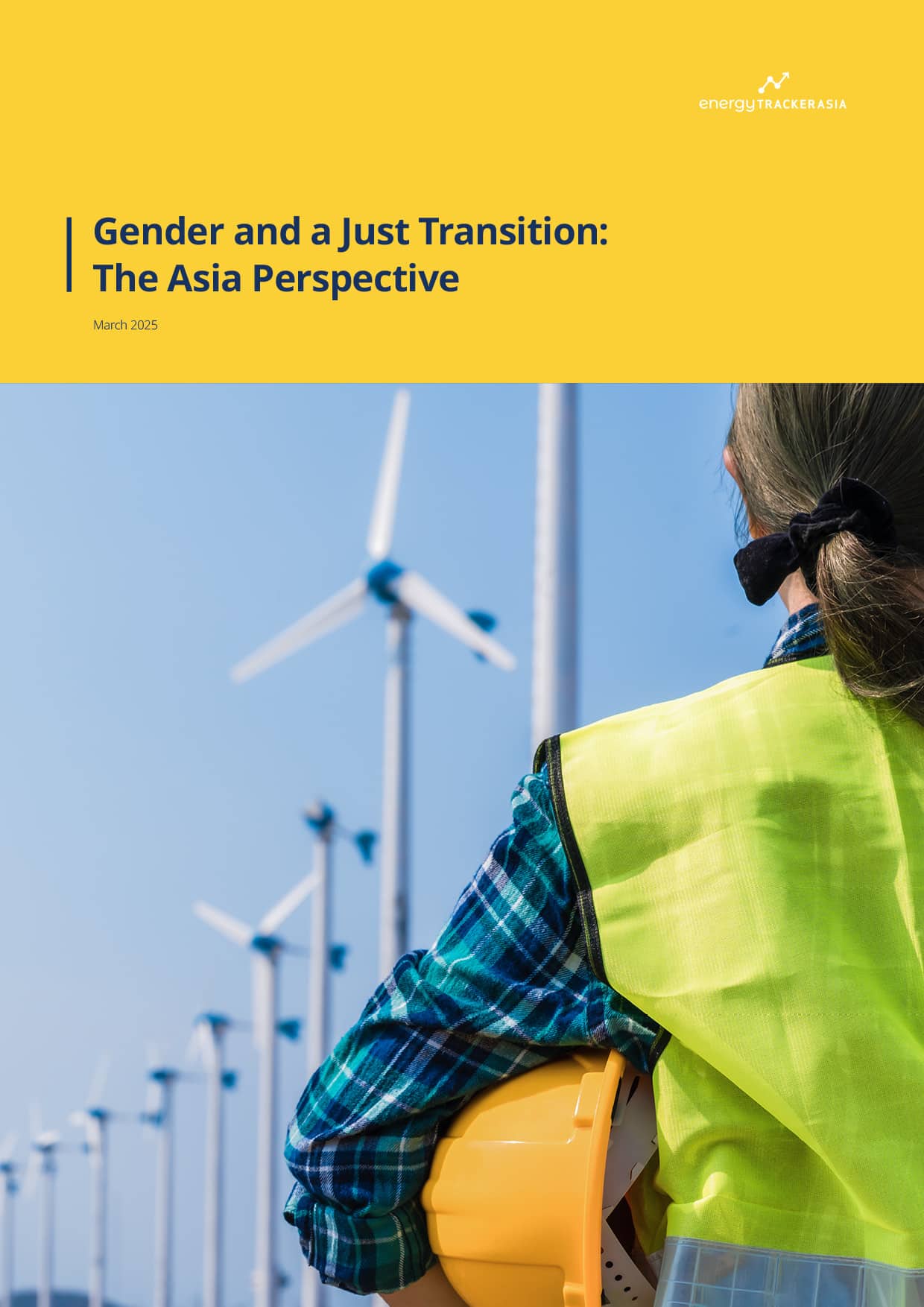The Impact of Net Metering Changes on Pakistan’s Solar Boom
Source: Dawn
23 April 2025 – by Eric Koons
Pakistan is going through a solar boom. Solar energy adoption, particularly in distributed residential and commercial systems, has skyrocketed over the last few years. However, recent policy changes to the country’s net metering program disincentivise this growth and raise questions about whether the Pakistan’s solar boom will continue. This is at odds with the country’s renewable energy goals and will have broader economic and environmental implications for the country.
Surge in Solar Energy Adoption
Over the past decade, Pakistan’s installed solar capacity has skyrocketed. The country’s solar capacity increased from around 321 MW in 2021 to an estimated 4.1 GW by 2024. Furthermore, the country imported 17 GW worth of solar panels in 2024, which are expected to be installed in the next few years.

A crucial component to this increase is residential, commercial and industrial consumers installing solar panels. By the end of 2024, there were 283,000 consumers with grid-connected on-site solar systems, up from 226,000 in October 2024. Furthermore, by the end of 2023, around 2.6 million rural households had off-grid solar.
Reasons Behind Pakistan’s Solar Power Boom
Pakistan’s solar boom was spurred primarily by three primary reasons: declining solar panel costs, increasing grid power costs for consumers and favourable government incentives. Combined, this created a perfect storm where solar power could be installed at low costs, and excess energy could be sold back to the grid to recoup those costs quickly. Two of the most notable government incentives were its favourable net metering program and tax exemptions for imported solar panels.
Net Metering Changes Raise Concerns
Despite progress, a recent revision in net metering regulations has sparked controversy. The government reduced the rate at which it would buy excess power from consumers by nearly two-thirds, from RS 27 (USD 0.096) to RS 10 (USD 0.036) per unit. Additionally, the policy changes amend the cap on how much solar capacity a consumer can install. Where consumers could previously install capacity up to 50% over their needs, it is now only 10%. This effectively reduces the amount of excess energy consumers can sell back to the power grid.
Rationale Behind the Change
Government and utility officials point to grid management challenges and revenue imbalances. They claim the older buyback rate unfairly compensated solar producers, placing a cost burden on distribution companies and non-solar customers.
Because so much energy is sold back to the grid while fewer consumers are pulling from it, the country’s energy utilisation is only 34% of its total installed capacity. This forced regular energy consumers to shoulder the USD 566.6 million to pay for the higher net metering rate and unutilised energy grid capacity. Combined, this exacerbated the already rising electricity costs across the country.
Potential Impact on Pakistan’s Solar Boom
Early indicators suggest that new rooftop installations could slow down, and solar owners may see an 85% decline in energy bill savings. This makes the payback time for a solar installation up to seven times longer. As a result, this will incentivise consumers to shift to off-grid systems rather than connecting to the grid and joining the country’s net metering program. While we will have to wait to see the actual impacts, many experts warn that it will threaten the solar industry and push residential and small businesses away from solar adoption.
Impacts of Solar Revolution on Energy Transition and Renewable Energy Growth in Pakistan
Pakistan’s government aims for 58% of its electricity to come from renewable sources by 2030. Achieving this goal requires robust solar expansion, particularly in areas where grid connectivity remains unreliable. However, if net metering incentives wane, the growth of smaller-scale rooftop or community-based solar projects could taper off. Reducing these benefits risks stalling further uptake, especially in underserved regions where decentralised solutions offer a quicker path to reliable power.

Moreover, meeting national targets is critical not just for energy security but also for broader economic stability. Expanding solar capacity can curtail dependence on energy imports, thereby reducing reliance on volatile fossil fuel prices. Falling behind on solar adoption could undermine these climate commitments, particularly given the country’s vulnerability to extreme weather events and rising temperatures.
Continuing Renewable Energy Growth in Pakistan
Pakistan’s solar boom is at a crossroads, to either accelerate the country’s clean energy ambitions or stall under policy constraints. Balancing grid stability with fair compensation for solar consumers is essential to keep driving the surge in solar installations. A robust solar sector not only bolsters Pakistan’s energy security by reducing reliance on imported fuels but also creates jobs and spurs local manufacturing. These benefits, in turn, strengthen the broader economy and help cushion it against fluctuations in global energy markets.
Equally important is the role of solar power in mitigating the looming threats of climate change. Pakistan is one of the most vulnerable countries to climate change impacts, which may cost 20% of its GDP by 2050. Mitigating and adapting to climate change is crucial for the country’s future.
by Eric Koons
Eric is a passionate environmental advocate that believes renewable energy is a key piece in meeting the world’s growing energy demands. He received an environmental science degree from the University of California and has worked to promote environmentally and socially sustainable practices since. Eric’s expertise extends across the environmental field, yet he maintains a strong focus on renewable energy. His work has been featured by leading environmental organizations, such as World Resources Institute and Hitachi ABB Power Grids.
Read more



